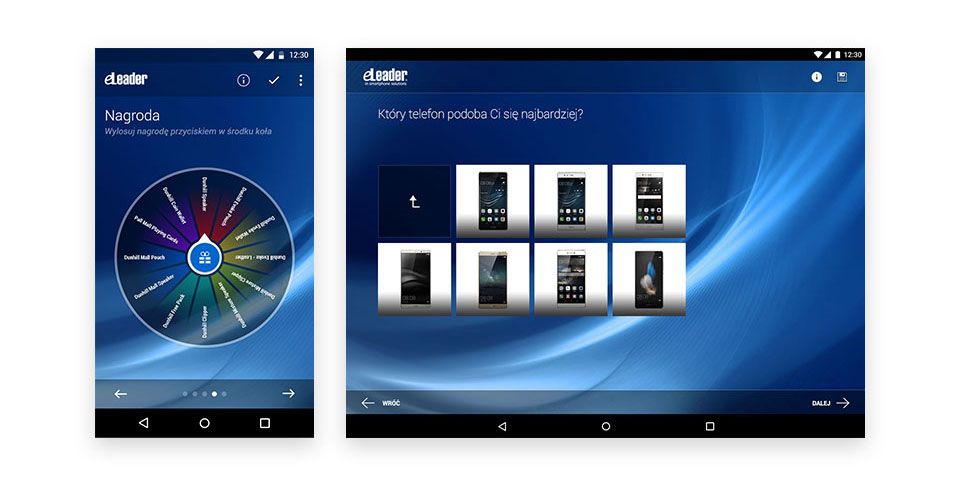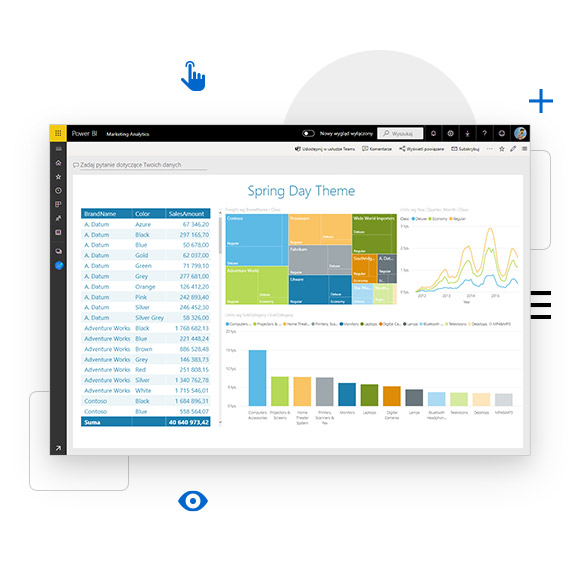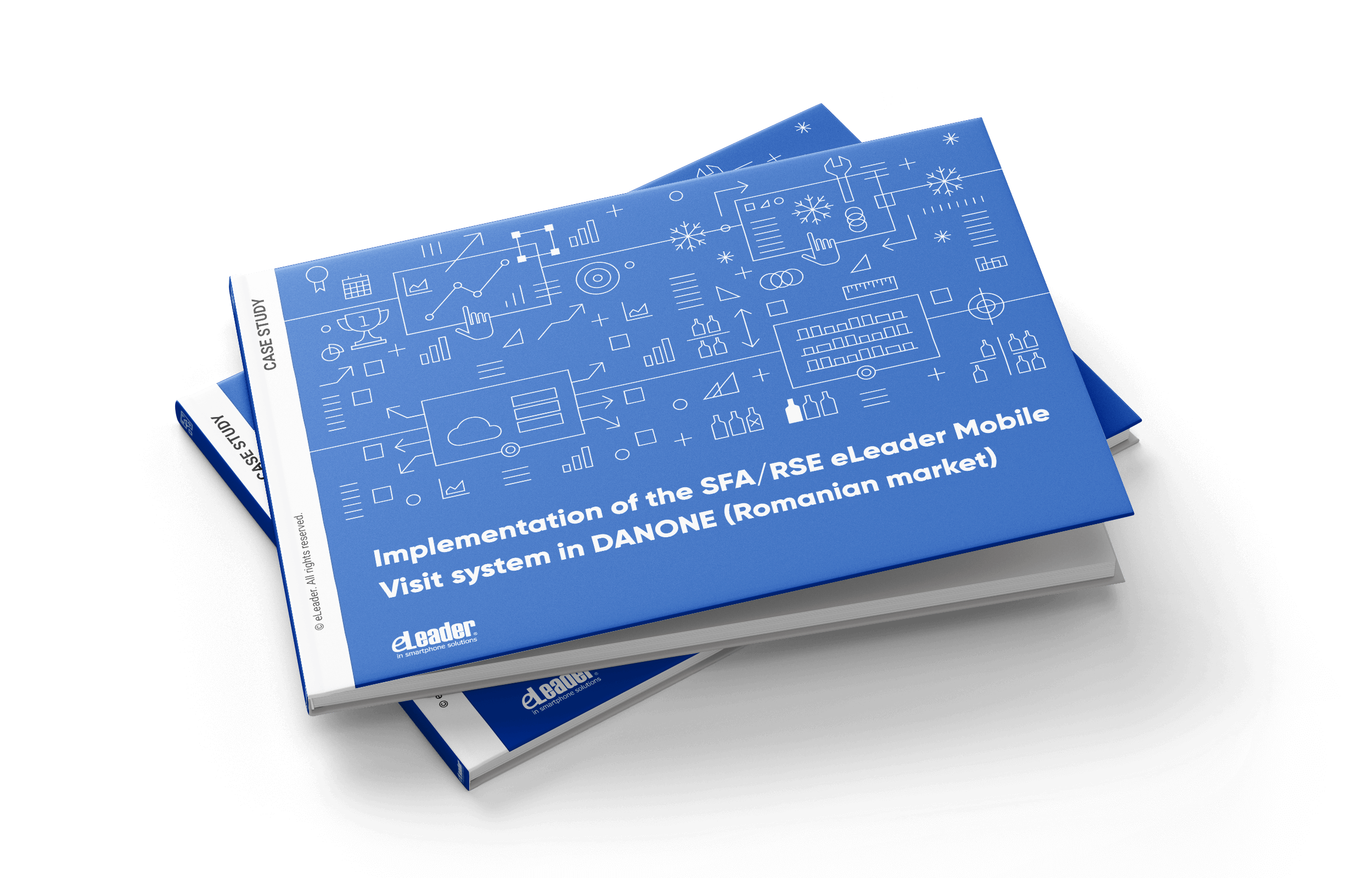How to increase ROI from Sales Force Automation implementation? The solution is at hand [INFOGRAPHICS]
Let’s be clear at the outset: it is not a bad thing to be concerned about whether a system to support your field representatives will give you benefits beyond the cost of implementing it. The risk of overpaying for a system always happens, but there are methods to limit it. In this article, we identify one way to increase the return on investment, which is the purchase of the SFA system.
- The Sales Force Automation system is used to effectively implement the sales strategy.
- Sales are not carried out in isolation from the activity of other departments of the company.
- For the strategy to be successful, the Sales Force Automation tool should meet the needs of many departments and people who influence the quality of sales activities in the field.
- Examples of departments and people worth including in the group of users of the SFA system.
The main purpose of implementing Sales Force Automation systems is the need to improve the execution of the sales strategy. The SFA-class systems help to create, plan, distribute, enforce, measure and finally evaluate and optimize field operations. Seemingly, they only affect salespeople (or other groups of field representatives, such as merchandisers or promoters), but if we take a bird’s eye view of the organisation, we can see that the implementation of the SFA system affects a great many departments and stakeholders from other structures. The implementations of Sales Force Automation / Field Force Management systems are most fully used by those companies that understand that tasks performed in the field and data flowing through the SFA systems go beyond sales and do not make the mistake of closing themselves off to other departments.
The problem we are dealing with here is related to the so-called silo organization of work. It consists of individual departments working on their own tasks without working closely with other units in the company. The consequences of this are low levels of communication and therefore information flow, poor identification and understanding of the organisation’s objectives and a lack of understanding of the role of other departments. The above leads to a weakening of the organisation in its ability to take up challenges and solve problems. In the case of sales, the example of this phenomenon is the implementation of CRM or SFA class systems without any reflection on how these systems could help the work of other departments, and how other departments could enrich the data and processes supported by these systems.
From investments in SFA, a much higher return is obtained by those organizations that join components of such areas as marketing, category management, IT, analysis, and even CXO management structures to participate in the execution of the sales strategy.
On the one hand, extensive SFA systems eliminate the need to implement other tools (e.g. an additional module of automatic exposure analysis, surveys, coaching, invoicing, etc.). On the other hand, they generate added value where processes are modeled at the interface between various departments of the company. Let’s look at some examples.
Marketing
Cooperation between sales and marketing in modern business is a must. The use of the sales structure for the distribution of key tasks from the point of view of marketing (market research, reporting of competition’s promotional materials, feedback from employees of points of sale) will reduce the number of tasks outsourced to research companies and agencies and develop its own unique methodology for such research. The sales department will benefit from this cooperation by receiving better guidelines for working with the display, positioning against the competition, or more attractive POS materials.

Business analysts
Agreeing on the data structure with business analysts will help to create a common language for understanding the market situation throughout the organization. Agreeing on the data structure with business analysts will help to create a common language for understanding the market situation throughout the organization. According to the Harvard Business Review, such activities have an invigorating effect on cooperation with many departments, with marketing at the forefront. Reports that will be created on this basis will work better for the entire company structure – from the field representative to the CEO.

IT and Integrations
Gartner’s research shows that over 90% of companies declare their willingness to intensify cooperation with their IT department in order to develop business support tools. Integration processes, which are the heart of automation, and for which the IT department is most often responsible, should include processes and data handled in SFA. By integrating the sales tool into the ecosystem of connections with ERP, PIM or CRM, we will expand the scope of information exchange and maintain their integrity. In turn, integrations with the systems of contractors, e.g. distributors, will not only measurably increase the level of knowledge about the market, but will provide the basis for favorable business decisions also taken “at the bottom”, during trade visits (e.g. selection of the best offer for individual goods).
Category Management
Here the situation is seemingly obvious, because usually category management specialists (unless they are also heads of sales) have access to data from orders and on this basis change the guidelines for display and pricing in stores. Usually, however, they confront it only with standards “on paper” (e.g. system planograms, recommended prices), occasionally seeking information from the market. Using the SFA as a regular data source, especially when using automated display studies, category managers can first assess how well the standards in perfect stores are being enforced at all. It is only in the second step that they can consider changing the guidelines, or alternatively submit demands to sales regarding more effective enforcement of the standards.
Management
The role of management in implementing a sales support tool is usually limited to accepting the recommendations of the purchasing team and sponsoring the tool. Meanwhile, the board can be successfully involved in analysing the ROI and the level of use of the Sales Force Automation / Field Force Management system in the organisation. Conclusions from such activities can be used to create a vision for the development of the tool. On the other hand, the management board can provide a direct insight into the data present in the SFA system (or view them via the BI system’s management dashboard) to monitor sales indicators on an ongoing basis, thus becoming independent from the reporting monopoly of the sales department.
Below we have collected the benefits and opportunities that can be created in a company by using the Sales Force Automation class system.
![How to increase ROI from Sales Force Automation implementation? [INFOGRAPHICS]](https://www.eleader.biz/wp-content/uploads/2023/05/eLeader_System-Sales-Force-Automation_TABELA_EN-scaled.jpg)
Summary
Before creating the SFA / FFM system specification, it is worth identifying departments and people in your organization that can benefit and should be involved in process modeling and specific system configuration. Conducting internal talks and creating a list of expectations – from sales representatives to the management board, will allow you to receive a higher rate of return on the tool in the future. A positive aspect of such a solution is also easier cost defense in the case of a solution used by many units in the organization.
In order to optimize the use of the solution, you can also take advantage of the experience and knowledge of eLeader analysts, who will propose a system configuration project based on information about which departments, people and tasks are related to the sales processes in your company.






